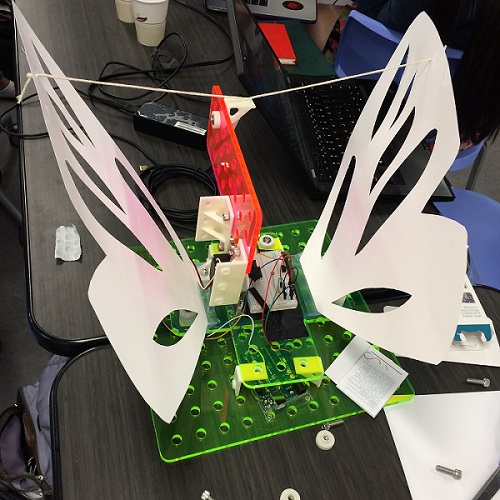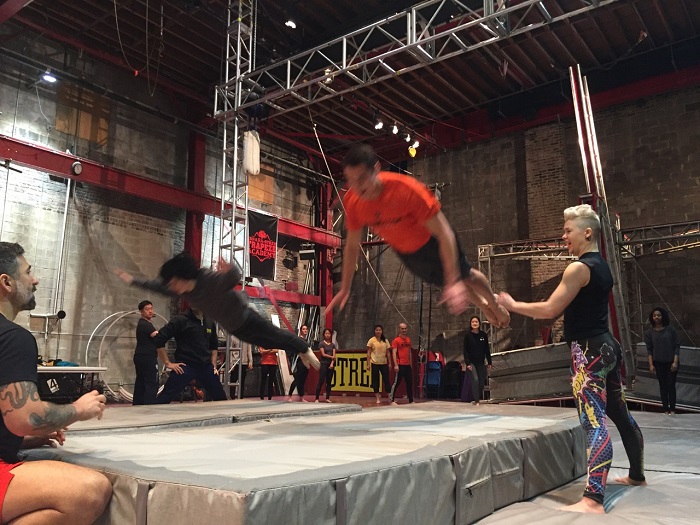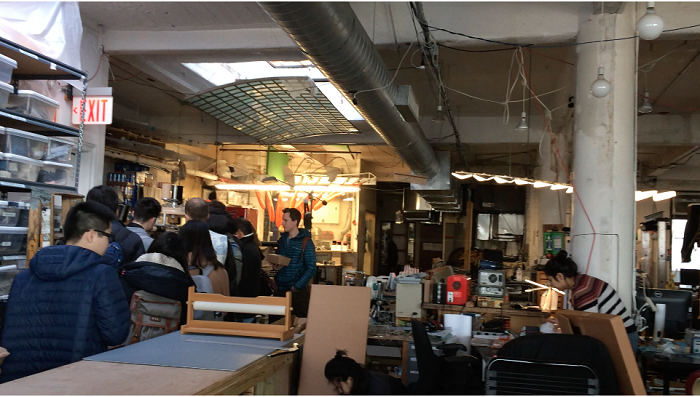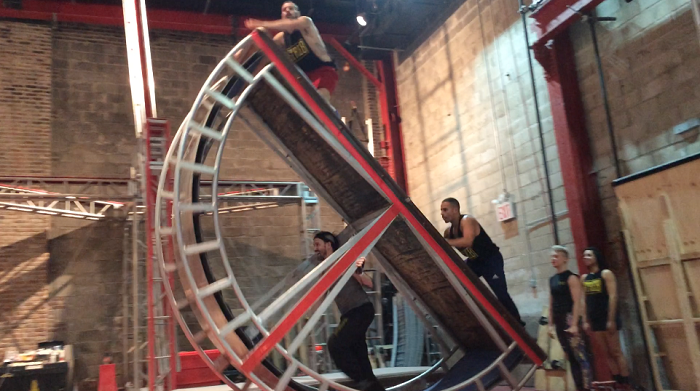Since the start of high school, I knew that I wanted to pursue a career in engineering and nobody could persuade me otherwise. I applied to Princeton with the sole notion that I would take mathematics and science courses and follow this linear path that would allow me to graduate with a degree in engineering. Many of my friends questioned why I chose Princeton instead of a STEM-oriented university. Yet as I sit here and look back at my first year of college, I realize that it is precisely Princeton’s emphasis on a liberal arts education that has enriched my learning experience through interdisciplinary lectures.
The liberal arts curriculum starts with the First-year Writing Seminar, which all first-year undergraduates are required to take. This intensive writing course embodies the ideals of the philosophy behind academia and scholarship: it teaches students how to think critically and analyze complex issues, skills that are a must for any discipline. As such, Princeton recognizes that our decision to concentrate in engineering or the humanities is just as important as preparing us to become society’s future leaders and researchers. This notion became apparent only after I reached out to a few alumni, a majority of which seemed to have ended up working in a discipline that had little association with their undergraduate concentration. I myself initially grappled with this conundrum as I wondered whether I would dedicate four years of my life toward Chemical and Biological Engineering (CBE), my prospective concentration, only to completely abandon all my work after college.
Interestingly enough, while I was working on a problem set for a CBE course, I came to the conclusion that it wasn’t exactly the mass balances and thermodynamics that attracted me to this concentration, but rather the problem solving aspects that it demanded and how it tied my love of mathematics to biomolecular science. Sure, the courses that I take will prepare me for a smooth transition into the workforce. Of greater significance is that Princeton’s liberal arts education will teach me to challenge preconceived hypotheses and theories and think creatively to develop my own. Thus, I now view engineering not simply as applications of science to the real world, but more so an interdisciplinary field characterized by an intersecting network of natural and social sciences, where clear writing and multilingualism foster scholarly communication, artforms in nature inspire innovation and history guides scientific morality and ethics. To be an engineer, we must understand the world around us, and only through a liberal arts education can we achieve such a well-rounded perspective.












